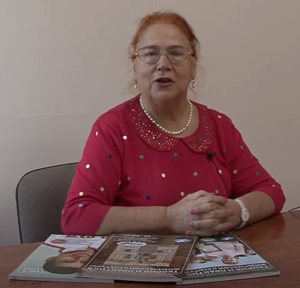Development of children's physical abilities in primary school
ˑ:
PhD, Associate Professor G.G. Polevoy1
PhD, Associate Professor A.B. Sablin2
PhD, Professor S.V. Chernyshev2
1Moscow Polytechnic University, Moscow
2Moscow Technical University of Communications and Informatics, Moscow
Objective of the study was to experimentally prove the effectiveness of using a set of exercises aimed at the comprehensive development of physical qualities of students during training sessions in primary school.
Methods and structure of the study. The pedagogical experiment was carried out on the basis of secondary school No. 60, Kirov, Russia. Schoolchildren from the control group studied according to the standard physical education program at school. Schoolchildren from the experimental group studied according to the same program, but at each lesson for 10 minutes they performed a set of physical exercises aimed at the comprehensive development of physical qualities: flexibility, speed-strength and strength qualities, speed of movements, coordination abilities.
Results and conclusions. The results of testing the physical fitness of schoolchildren aged 10-11 years at the beginning and at the end of the experiment showed the positive effect of the proposed set of exercises.
In the future, it is planned to conduct additional research to study the effect of the proposed set of exercises on other physical qualities.
Keywords: school curriculum, lesson, physical education, physical development, physical qualities.
References
- Apriyano B., Zainuddin Z.A., Hashim A.H.M, Sayyd S.M., Mazlan A.N. Physical fitness levels of junior high school students in different regions: Highlands, lowlands, and islands. Journal of Physical Education and Sport. 2023; 23(12), 3378-3384.
- de Bruijn A.G., Mombarg R., Timmermans A. C. The importance of satisfying children’s basic psychological needs in primary school physical education for PE-motivation, and its relations with fundamental motor and PE-related skills. Physical Education and Sport Pedagogy. 2022; 27(4):422-439.
- Kainov A.N., Kuryerova G.I. Working Programs. Physical Culture. Grades 1–11. Comprehensive Program of Physical Education of School Children; Teacher: Moscow, Russia, 2019; p. 169.
- Piñeiro-Cossio J, Fernández-Martínez A, Nuviala A, Pérez-Ordás R. Psychological wellbeing in physical education and school sports: A systematic review. International Journal of Environmental Research and Public Health. 2021;18(3):864.
- Polevoy G.G., Sablin A.B., Cherbishev S.V. Influence of burpie on endurance and speed of schoolchildren. Teoriya i Praktika Fizicheskoy Kultury. 2023;1:78-80.
- Polevoy G.G., Sablin A.B. Development of flexibility of children with different types of the nervous system using speed-strength exercises. Archives of Pharmacy Practice. 2022;13(2):7-10.
- Polevoy G.G., Sablin A.B. Development of coordination abilities with the help of the burpee exercise. International Journal of Pharmaceutical Research and Allied Sciences. 2022;11(1):108-112.
- Polevoy G.G., Sablin A.B. The influence of burpee on the distribution of attention of schoolchildren 15-16 years old. Archives of Pharmacy Practice. 2022;13(3):29-32.



